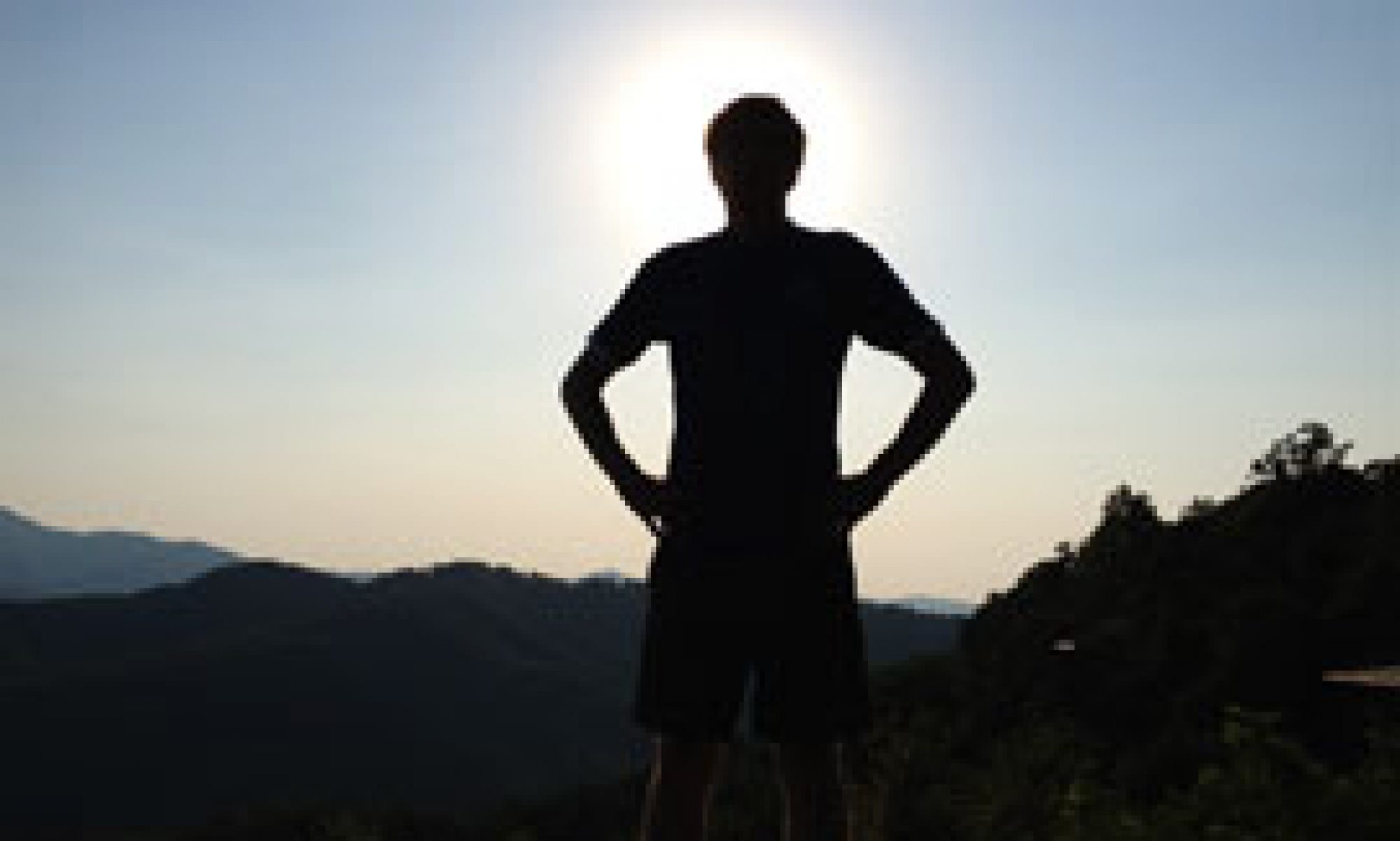It’s important to briefly touch on the liver before reviewing some of the various dietary approaches to a healthier lifestyle. Why? Because your liver is one of the most vital organs in your body, performing dozens of functions – only a handful of which we’ll look at here. Without your liver you cannot live, and without a healthy liver, you cannot be healthy.
The liver is the largest organ of the body – a few of it’s most important functions are:
- Helps metabolizes nutrients
- Detoxifies harmful substances
- Storage of glycogen for later use
- Production of bile
- Helps break down insulin and other hormones
- Production of insulin-like growth factor 1 (IGF-1)
- Production of ketones
While there are many other important functions of the liver – these are the ones I wanted to focus on as we look at a healthy diet as part of a healthy lifestyle.
Consider these four important facts regarding your liver:
- A healthy liver is important (and necessary) for daily health and living. Impaired liver function can cause many serious diseases and conditions.
- Your lifestyle and diet can have a great effect on the health of your liver and it’s overall function
- A healthy liver is *crucial* to the proper metabolism of fats in your diet (especially if you intend to live a low-carb lifestyle)
- There are specific dietary and supplement approaches to assist in keeping your liver healthy
Upcoming we’ll look at
- one specific herbal supplement to aid in healthy liver function
- the liver’s function in low-carb and very low carb diets
- some of the benefits of a low-carb diet as a part of a healthy lifestyle
- some first-hand experiences with a low-carb approach to a healthy diet
Have a question or something to add? Use the reply form below – I’d love to hear from you.


![By Ragesoss (Own work) [CC-BY-SA-3.0-2.5-2.0-1.0 (http://creativecommons.org/licenses/by-sa/3.0) or GFDL (http://www.gnu.org/copyleft/fdl.html)], via Wikimedia Commons](https://i0.wp.com/mrhlth.com/wp-content/uploads/2012/11/B_vitamin_supplement_tablets-150x150.jpg?resize=141%2C141)





